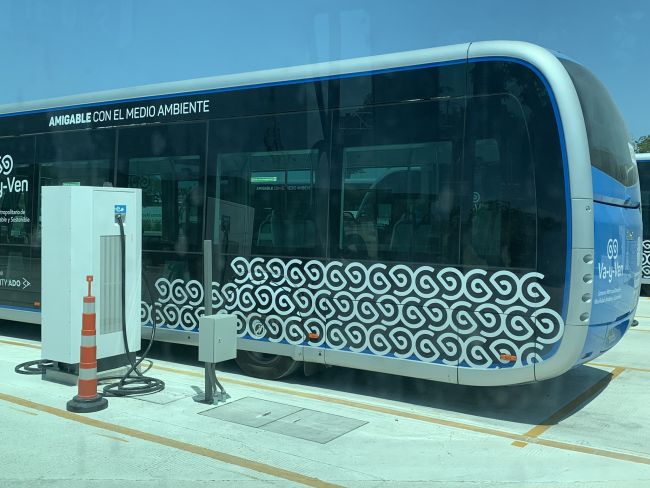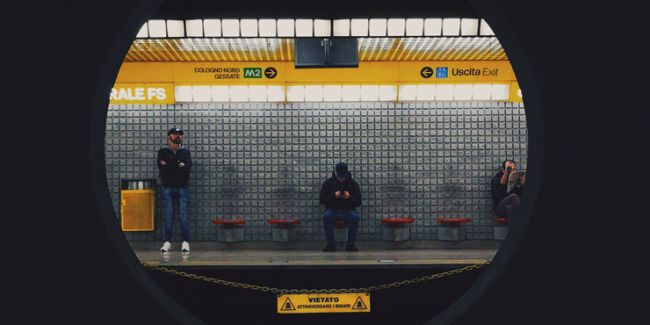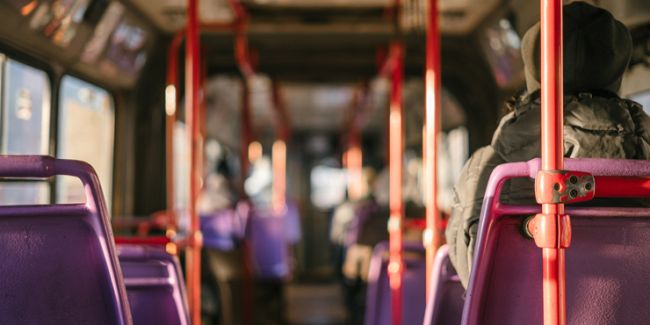Bus technology, choices for your city
Across the world there is growing interest in the use of clean, sustainable alternatives to diesel power for buses.
Across the world there is growing interest in the use of clean, sustainable alternatives to diesel power for buses. The common driving factor is the environment, with a key factor in Europe being the potential imposition of fines for failing to meet air quality standards. There is also a general desire to reduce carbon emissions and lessen dependency on imported oil-based fuel.
Buses are rightly perceived as a relatively environmentally friendly means of transportation, but their concentration in cities mean that they are a major contributor to local pollution with negative health impacts.
Bus manufacturers are actively developing a variety of solutions including alternative fuels (biodiesel, CNG, hydrogen), diesel-electric hybrids with energy storage capability (batteries, ultracapacitors, flywheels), or fully electric (battery, opportunity charge, trolleybus). Meanwhile the environmental performance of diesel engines is improving as a result of progressive tightening of regulations: for example, the latest Euro VI standards deliver ultra-low PM and NOx emissions.
Technology options are at different stages of development and the pace of progress creates uncertainties about ultimate life-cycle costs, long term performance and risk of obsolescence. Given the significant life of buses and supporting infrastructure, choosing the wrong option could have serious financial implications. What might be right for one city is not necessarily the best solution elsewhere. Local characteristics, including topography, climate, bus speeds, stop frequency and load factors all influence performance and suitability.
Steer Davies Gleave has been assessing the case for introducing new bus technologies and the choice is far from straightforward. Potential environmental benefits are key, but comparisons must be made against up-to-date benchmarks rather than legacy standards. Ultimately the solution must be affordable for those bearing the cost, whether as operators, users or funders. The financial evaluation needs to be on a life cycle cost basis, taking account of initial capital expenditure, energy and maintenance costs, and frequency of renewals. Hybrids are widely reported to achieve fuel savings, but these can vary greatly, depending on route characteristics and the type of buses being replaced.
Many policy makers want zero emissions at the point of use, but this doesn’t necessarily mean zero or low emissions elsewhere. A high proportion of hydroelectric generation makes achieving genuine zero emissions possible, but relying on electricity generated by fossil fuels could result in more pollution, once transmission and distribution losses are taken into account.
Range is a limiting factor for any stored energy solution, and the need to charge battery powered vehicles in the depot can severely strain the local electricity supply. Opportunity charging can extend range and allow smaller, lighter batteries, but the infrastructure required has restricted capacity and introduces operating inefficiencies, including extended layover times. Trolleybuses avoid the need for charging, but require costly overhead line and substations that limit operational flexibility.
Vehicle weight implications also need consideration: even conventional diesel buses can exceed permitted axle loads when fully loaded. Almost all alternative technologies add weight, limiting passenger capacity, requiring more buses and increasing road damage. We have concluded that:
- Alternative technologies can have an important role to play in reducing harmful emissions in environmentally sensitive areas.
- There is no ‘one size fits all’ alternative to the diesel bus, and this is likely to remain the case over the asset life of any bus bought within the next few years; each city will have to find a solution suited to local network characteristics.
- While technology is developing rapidly, many claimed benefits remain unproven in fleet-wide application. There is a massive leap between small demonstration projects and the practicalities of wider roll-out.
- In many cities, cleaner diesel buses remain a strong contender, especially when ensuring affordability is a core consideration. This doesn’t necessarily mean buying new buses: retrofitting existing buses with emission reduction systems can be particularly cost-effective.
Our research leads us to believe that the next few years are likely to see more widespread adoption of alternatives to diesel-powered buses. The question is, what is the right solution for your city?





















